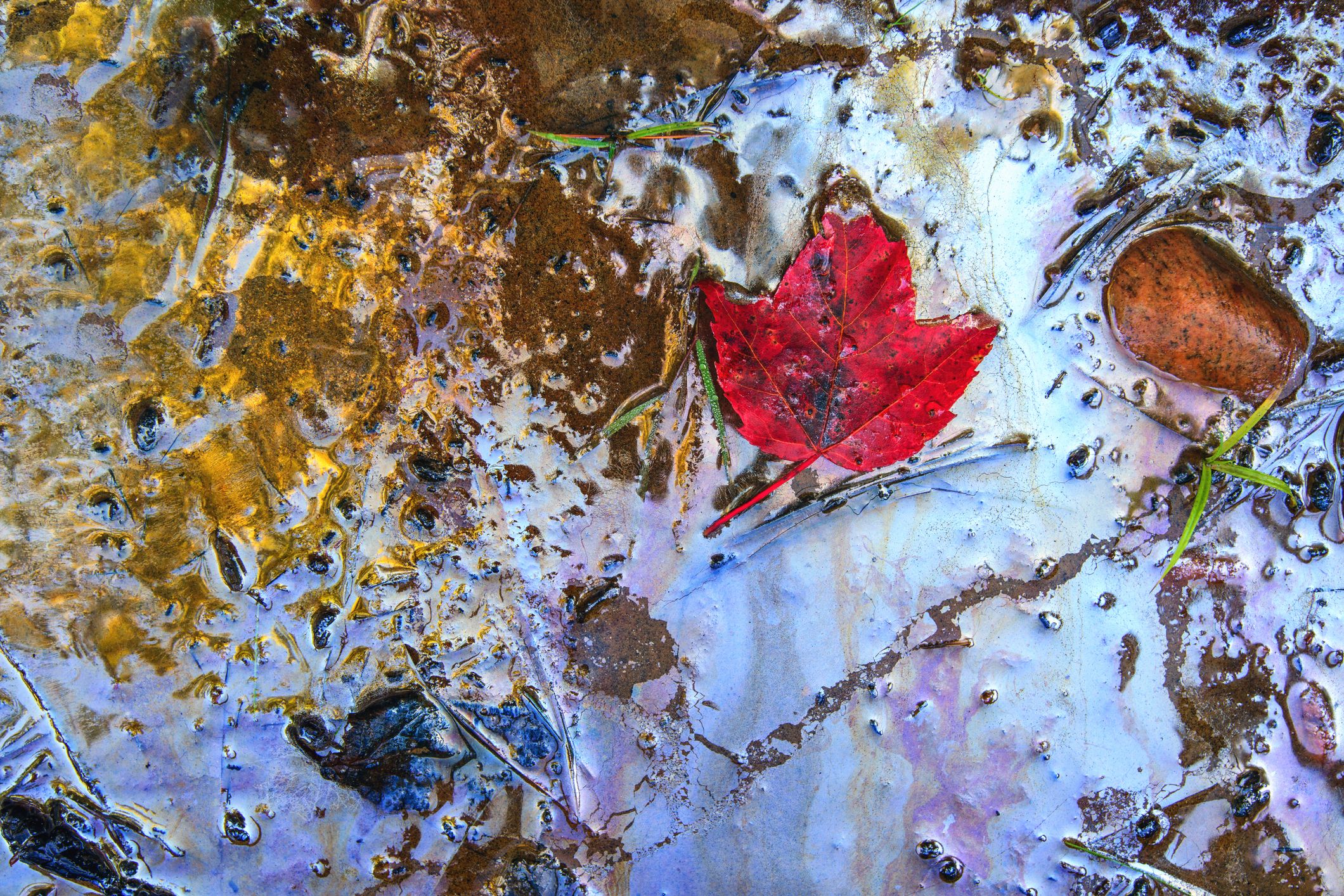When it comes to groundwater quality, fracking receives much of the public attention but misses most of the picture, according to hydrogeologists Jennifer McIntosh from the University of Arizona and Grant Ferguson from the University of Saskatchewan (USask).
“There’s a critical need for long-term—years to decades—monitoring for potential contamination of drinking water resources not only from fracking, but also from conventional oil and gas production,” according to McIntosh.
Fracking, also known as high-volume hydraulic fracturing (HVHF), is the practice of injecting liquid under high pressure into petroleum-bearing rock formations to produce fractures or cracks that allow recovery of oil and natural gas. But it’s a smaller player in the underground water scene.
“The amount of water injected and produced for conventional oil and gas production exceeds that associated with fracking and unconventional production by well over a factor of ten,” McIntosh said.
While groundwater use varies by region in both countries, about 30 per cent of Canadians and more than 45 per cent of Americans depend on the resource for their municipal, domestic, and agricultural needs. In more arid regions of Canada and the United States, surface freshwater supplies are similarly important.
The researchers’ work appears in an issue paper published in the journal Groundwater. It looks at the relatively new practice of fracking alongside established activities such as enhanced oil recovery (EOR) and saltwater disposal that have been around almost as long as the oil industry itself.
As its name implies, EOR involves injecting water into petroleum-bearing rock formations to “push” the oil and gas toward extraction wells to enhance production. Saltwater is produced as a by-product of petroleum production, and while it is used for EOR, any excess must be disposed of, typically by injecting it into depleted formations.
There are regulations governing the petroleum industry with regard to groundwater, but information about what is happening underground varies by province and state. Some jurisdictions keep excellent data while for others it’s virtually nonexistent. Despite this, Ferguson said they can make some observations.
“I think the general conclusions about water use and potential for contamination are correct, but the details are fuzzy in some areas,” said Grant Ferguson from the University of Saskatchewan. “Alberta probably has better records than most areas and the Alberta Energy Regulator has produced similar numbers to ours for that region. We saw similar trends for other oil and gas producing regions but we need better reporting, record keeping, and monitoring.”









